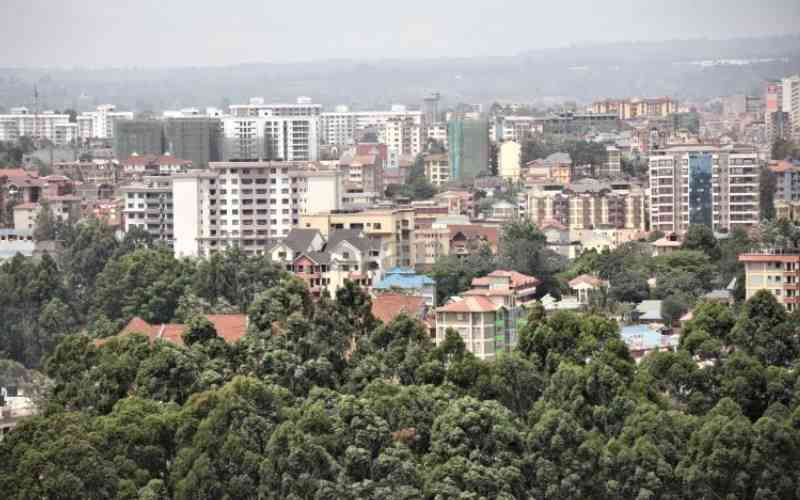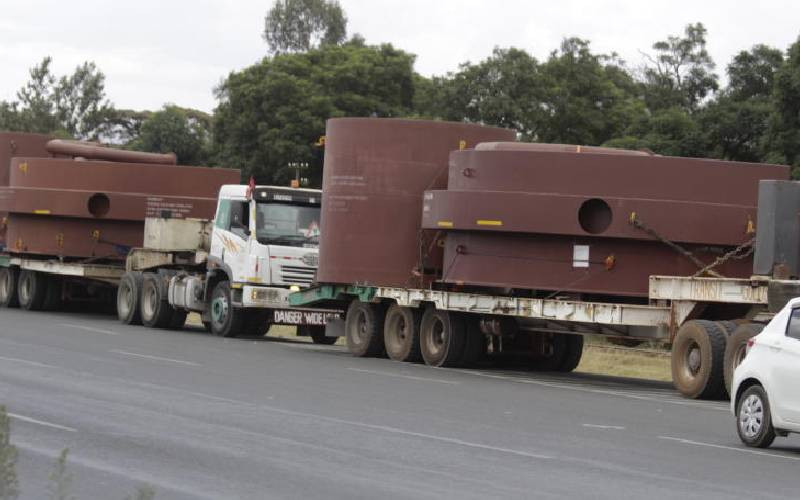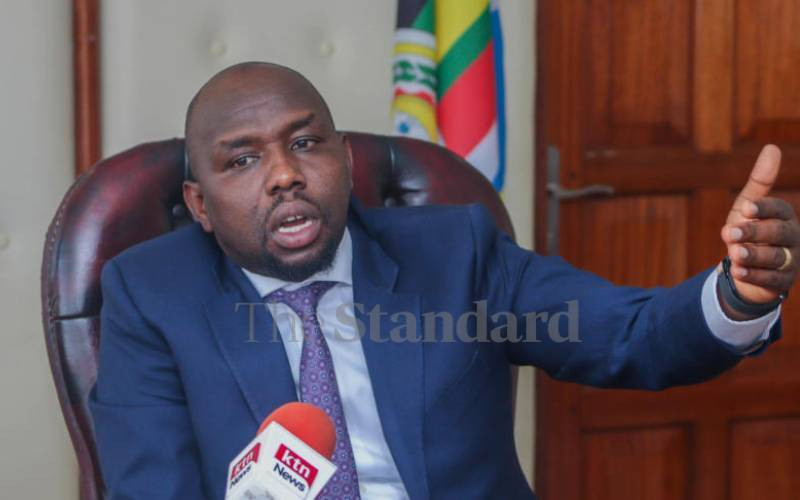The 2010 Constitution of Kenya introduced the concept of devolved government. In chapter 11, the Constitution empowers the people at the grassroots level to plan for their development. Therefore, major economic planning is not the preserve of the national government alone.
Article 174(c) gives the people in the counties the powers of self-governance and to exercise the powers of the State in making decisions. The Constitution further recognises the rights of communities to manage their affairs and further their development.
The people of northern Kenya, like other Kenyans, can now make important decisions that affect their development.
These counties can borrow ideas from other parts of the world and foster partnerships. The National Government's Vision 2030 could become a starting point. But following development models like that of the United Arab Emirates and Egypt can also help effect a paradigm shift in the development of this area.
There is a great deal of similarity between Northern Kenya and the United Arab Emirates. The Northern parts of Kenya include mainly arid and semi-arid counties of Mandera, Wajir, Marsabit, Garissa, Isiolo, Tana River and Lamu.
Together, these seven counties occupy about half of the total land mass of the Republic of Kenya. Like the Emirates, these counties receive minimal rainfall and water is scarce.
The dry weather makes an agricultural economy difficult to sustain. Yet like the Emirates, the northern counties have untapped opportunities. We need to borrow some ideas from the leaders of Dubai to understand the potential and possibilities that are open to us.
In his book, 'My Vision, Challenges in the race for Excellence,' the ruler of Dubai, Sheikh Mohamed Bin Rashid Al Makhtoum, named the first chapter the 'Lion and the Gazelle'. "The gazelle wakes up every morning knowing he must outrun the fastest lion or perish.
"The lion also stirs and stretches knowing he must out-run the fastest gazelle or starve to death," wrote the Sheikh.
Competition and striving for excellence is what determines the level of development one expects to achieve. The success of the small emirate of Dubai is well known to all those who have visited that barren and desert country.
Obviously, the analogy of the lion and the gazelle must have played in the mind of the leadership of Dubai for this tiny nation to achieve one of the highest per capita incomes in the world and boast an unprecedented level of development.
The bold steps undertaken by the ruler included establishment of one of the largest ports in the world, the Jebel Ali Port, which is a duty-free port. The inception of the idea establishing the port of Jebel Ali looked unrealistic back in 1958. The port was built many kilometres in the hinterland.
Today, this port determines the volume of trade in the United Arab Emirates and contributes immensely to the Gross Domestic Product of Dubai.
The leadership of northern Kenya counties needs to forge a common economic front to exploit the available opportunities proactively by embracing ideas and initiatives borrowed from other regions.
Like Dubai, northern Kenya can turn itself into one huge duty-free area, which can then tap into the economic opportunities offered by large markets like Ethiopia and Sudan. The county government leadership needs to develop a vision that shall see drastic change in the lives of their people.
Stay informed. Subscribe to our newsletter
Another example of a bold step by a leader is the effort made by the Egyptian leadership to find new avenues for raising their revenue. President Abdel Fattah Al-Sisi of Egypt announced this week a new Suez Canal project to dig a 72-kilometre canal alongside the original, to be implemented over a year at a cost of US $4bn.
The projections are that this project will generate $150 billion per year. The president called on all Egyptians to participate in funding the project through a stock market IPO (Initial Public Offering), asking Egyptians resident in the country to contribute EGP 100, and those living abroad to donate $100.
The president said the government had refused any foreign participation in the project, stressing that only local banks, companies and investors would be able to finance it. That is admirable.
A collective approach to involve the populace in development as in Egypt, or following a great vision like that of Sheikh Al Makhtoum is what we need in this region in order to transform the whole part into a hub of economic development.
The LAPSETT project for example could easily be financed from local sources instead of depending on borrowings from overseas financial institutions. The locals of northern Kenya and people from all over the republic can buy shares in some of these major projects and own it.
This concept might look crazy now, but just like the vision of Sheikh Al Makhtoum, which looked crazy then, the benefits accruing from such initiatives will not be realised if the leadership of these counties listen to skeptics.
 The Standard Group Plc is a
multi-media organization with investments in media platforms spanning newspaper
print operations, television, radio broadcasting, digital and online services. The
Standard Group is recognized as a leading multi-media house in Kenya with a key
influence in matters of national and international interest.
The Standard Group Plc is a
multi-media organization with investments in media platforms spanning newspaper
print operations, television, radio broadcasting, digital and online services. The
Standard Group is recognized as a leading multi-media house in Kenya with a key
influence in matters of national and international interest.
 The Standard Group Plc is a
multi-media organization with investments in media platforms spanning newspaper
print operations, television, radio broadcasting, digital and online services. The
Standard Group is recognized as a leading multi-media house in Kenya with a key
influence in matters of national and international interest.
The Standard Group Plc is a
multi-media organization with investments in media platforms spanning newspaper
print operations, television, radio broadcasting, digital and online services. The
Standard Group is recognized as a leading multi-media house in Kenya with a key
influence in matters of national and international interest.









